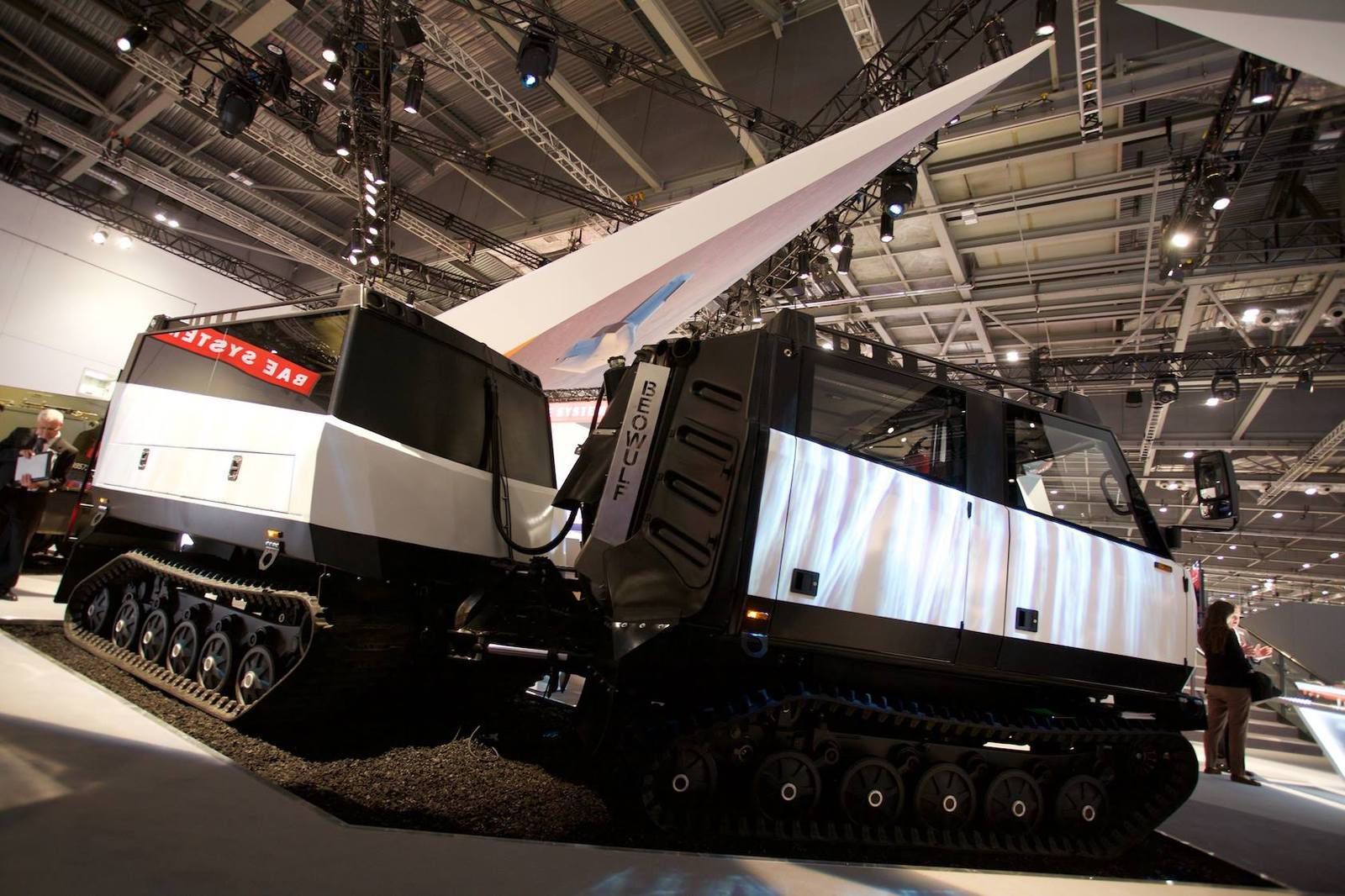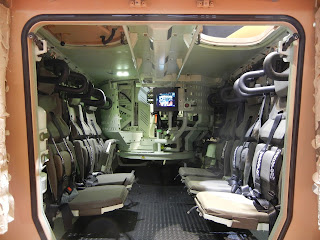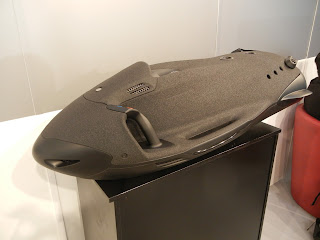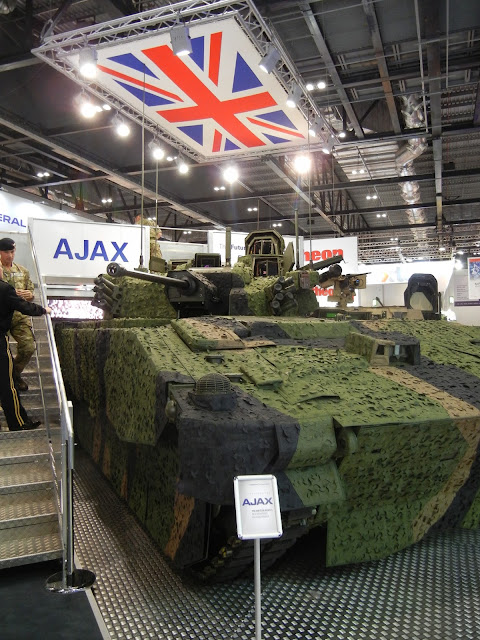UK Defence Secretary Michael Fallon today told members of the UK’s Royal United Services Institute (RUSI) that unlike his American counterparts, he had not engaged with his Russian counterpart over Syria. Later in the speech he highlighted Russia’s, “
re-ignition of the Cold War, menacing its neighbours and using hybrid warfare to pursue its goals,” as one of the reasons behind the deterioration of world security since the last Strategic Defence and Security Review (SDSR) in 2010.
The other two overlapping crises were the north African regional upheaval following the Arab Spring together with the civil war in Syria which had both given rise to the violent religious extremism of IS (so called Islamic State).
“
The rules based international order on which our security and prosperity depend is being tested by this global upheaval,” stated Fallon, adding that this should also be viewed against a, “
global backdrop of increasing competition between states and weapons proliferation.”
The British Government’s first priority was to protect its nationals, a job that Fallon said was becoming harder every day. “
Home grown battle-hardened jihadis returning to these shores increases the risk.” He pointed to an, “
unprecedented,” growth in terror threats: “
15 attacks foiled worldwide and six in this country alone this year, with the number of plots the highest since 9/11 which is why counter-terror spending has been ring fenced.”
Fallon added that there was a need for quicker response to various crises, highlighting as a good example the quick deployment of resources to deal with the Ebola outbreak in Africa. He said that, “
crisis response arrangements between departments were under constant review.”
He said the UK needed to leverage its global influence through its membership of NATO, the UN security council and the European Union and must be, “
prepared to intervene militarily where that is necessary.”
Fallon remained bullish about the effectiveness of the last SDSR in 2010: “
We are now far better prepared to respond (by creating) an agile and more flexible force capable of reacting more swiftly to multiple events.” He underlined the Government’s 10 year, £163 billion commitment to its equipment plan as a way of maintaining high end capability.
Looking ahead to the SDSR
Fallon said that the government’s research had been wide reaching and strategic, with input sourced across government departments as well as from over 100 external experts. “
I’ve spoken to all of my predecessors since the Cold War,” he added. “
It has not been rushed, with preparations going back for over a year….We have assessed the risks to our nation’s security and now we are considering how best to deal with them and what capabilities we will need. We are looking 10 years and beyond.”
Fallon said that there were three important elements to the SDSR: being more international, efficient and innovative. “
We need to be more international by design - the way we make policy, the way we plan and train must increasingly reflect the reality of how we operate. In a world of global problems we need multinational solutions.” Further, he added that the UK had to maintain high-end capabilities and that to reach a sufficient mass in force should be done in cooperation with coalition allies and partners. “
That means more training, force generating and operating in multinational coalitions in pursuit of shared goals, particularly in NATO - the cornerstone of our national defence,” he said.
He also referred to the collective need to fight hybrid and cyber warfare where the lines between what may be, or may not be, an act of war were blurred.
He observed that there was a need to communicate a, “
faster truth,” to the public in order, “
to counter adversaries who are adept at using social media to recruit and radicalise supporters while spreading disinformation.”
Fallon said that the commitment to a 2% of GNP spend on defence (the called-for NATO standard) meant that all future savings should be ploughed back into frontline capability. “
We need to deliver more value, flying hours, sea miles, deployable units from the force structure that we have and we need to reform ways of working.”
Technical superiority was now not enough due to the proliferation of weapons developments which were, “
ending up in the hands of state and non-state actors who have spent the last 15 years looking at how we operate and refining their own approaches accordingly.”
He said a new culture open to better risk taking and more willing to change needed to be developed. New technologies needed to be integrated faster and the UK needed to adapt and change the way it conducted its defence business strategy.
Fallon concluded by stating that, “
a series of major strategic decisions for ministers to take which will shape the UK’s approach to national security in the period ahead,” were currently being prepared.
The SDSR 2015 is expected to be published in November 2015.
Andrew Drwiega at Royal United Services Institute, London, UK: 22/09/15














































































